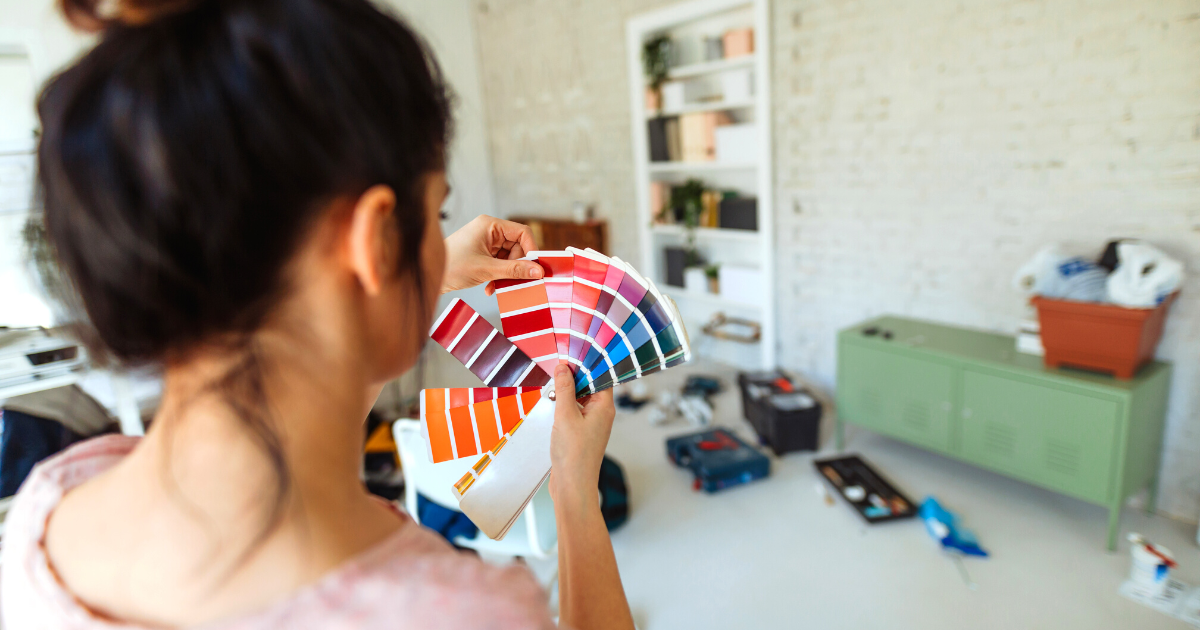
by:
From the front door to your bedroom sanctuary, picking the right colors for your home is a deeply personal choice - but did you know it can also be scientific? Here’s what you need to know about color theory and how to use it in your home décor.
What Is Color Theory?
Color theory is the science behind how colors harmonize and work together. Color theory is based on the color wheel, which guides artists and designers in choosing the right hues for their work. Because color creates ambiance, influences mood, and can affect how we feel, it helps to understand which shades evoke different feelings.
When it comes to your home, color theory can help you set the right mood in every room. Here are four ways to use color theory to bring your home to life.
1. Start With Your Favorite Color
Chances are your favorite color makes you feel happy, calm or refreshed. Start there when choosing hues for the bedroom, entry or sitting room. These are spots that set the tone for how you start the day or transition from daily duties to family time. Splashing these spaces in colors that ground you and make you happy helps put you in a positive frame of mind - whether it’s heading to the boardroom or setting up family game night.
2. Remember That Opposites Attract
If you’re looking for a way to liven up your blue-themed dining room, try a dash of orange. It may feel counter-intuitive, but blue and orange are opposite each other on the color wheel, making them complementary colors. Another opposite pair? Red and green - that’s why that holiday combo works so well! Use complementary colors from the color wheel to help you pick hues that are both surprising and perfectly harmonious.
3. Add Some Math to Make Color Magic
Before you start having flashbacks of high school math class, relax. This math is easy. Designers use the 60-30-10 rule to apply color to a room. This means you choose three primary colors for a room: dominant, secondary and accent. The dominant color is the main color used - usually the color of the walls. The secondary color is typically the color of furniture and upholstery, and the accent color is found on things like throw pillows, candles or a rug.
Here’s where the math comes in. You use the dominant color in 60% of the space, the secondary color for 30% and the accent color makes up 10% of the color in the space. This ratio helps maintain balance and creates a sense of harmony.
4. Take Your Temperature
Color comes in a range of hues from warm to cool. While every color has shades that can be warmer or cooler, some tints lend themselves to one or the other. Yellows and reds are considered warm colors that tend to energize, while blue and greens are cool colors associated with calm and tranquility. Depending on the mood you’re going for, the temperature of the colors you pick can make a big difference. And don’t worry—just because you want to use red in your reading nook, it doesn’t mean you can’t keep it calm with the right shade and neutral accents that help cool down fiery crimson.
No matter what colors tickle your fancy, using color theory can help you put together the perfect palette for every room in your home - whether decorating a new home for the first time or updating a well-loved house to pass on to new owners.
We’re always here to help if you have questions about home financing. Contact us today.
-(1).png?sfvrsn=bb549c79_0)